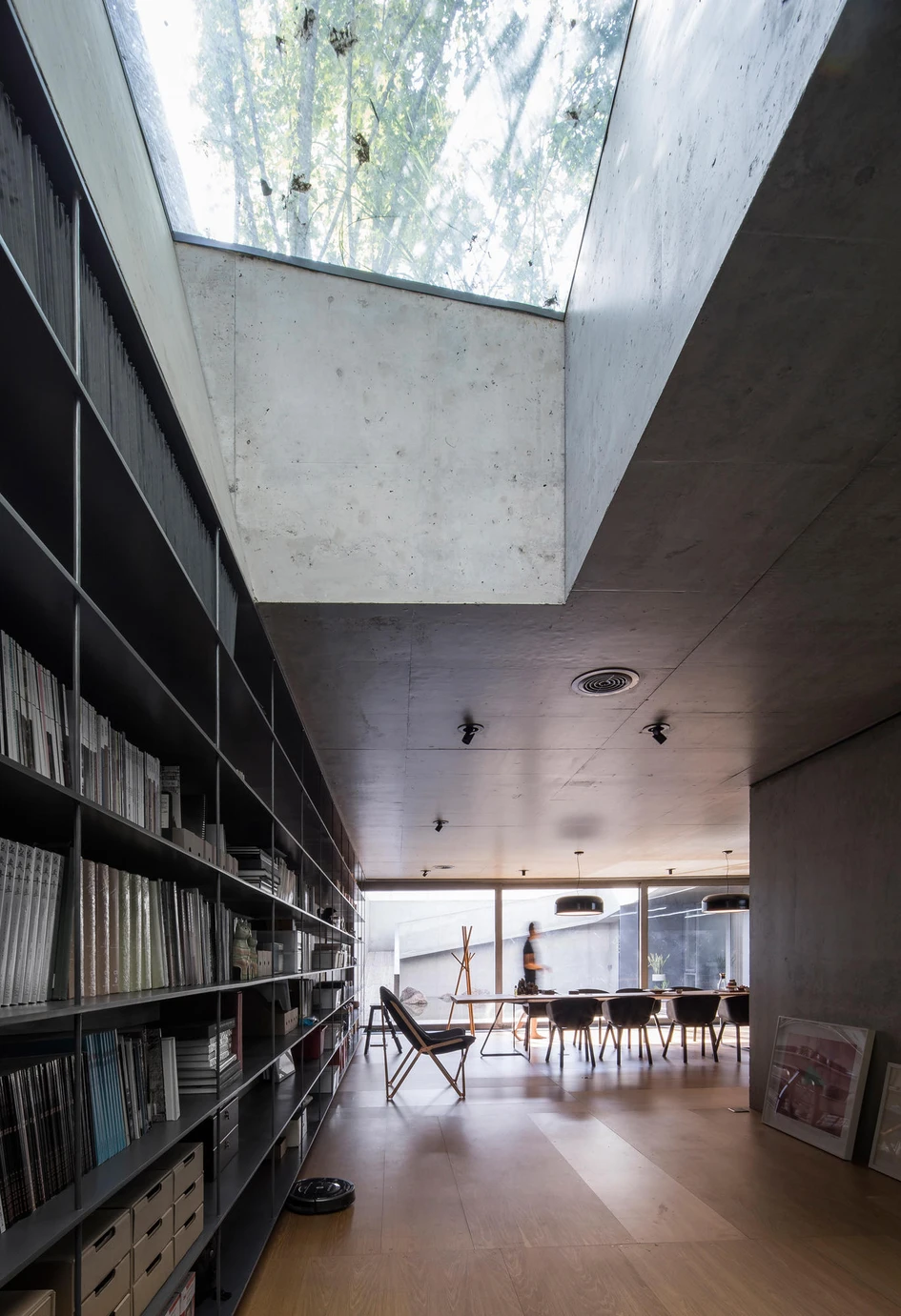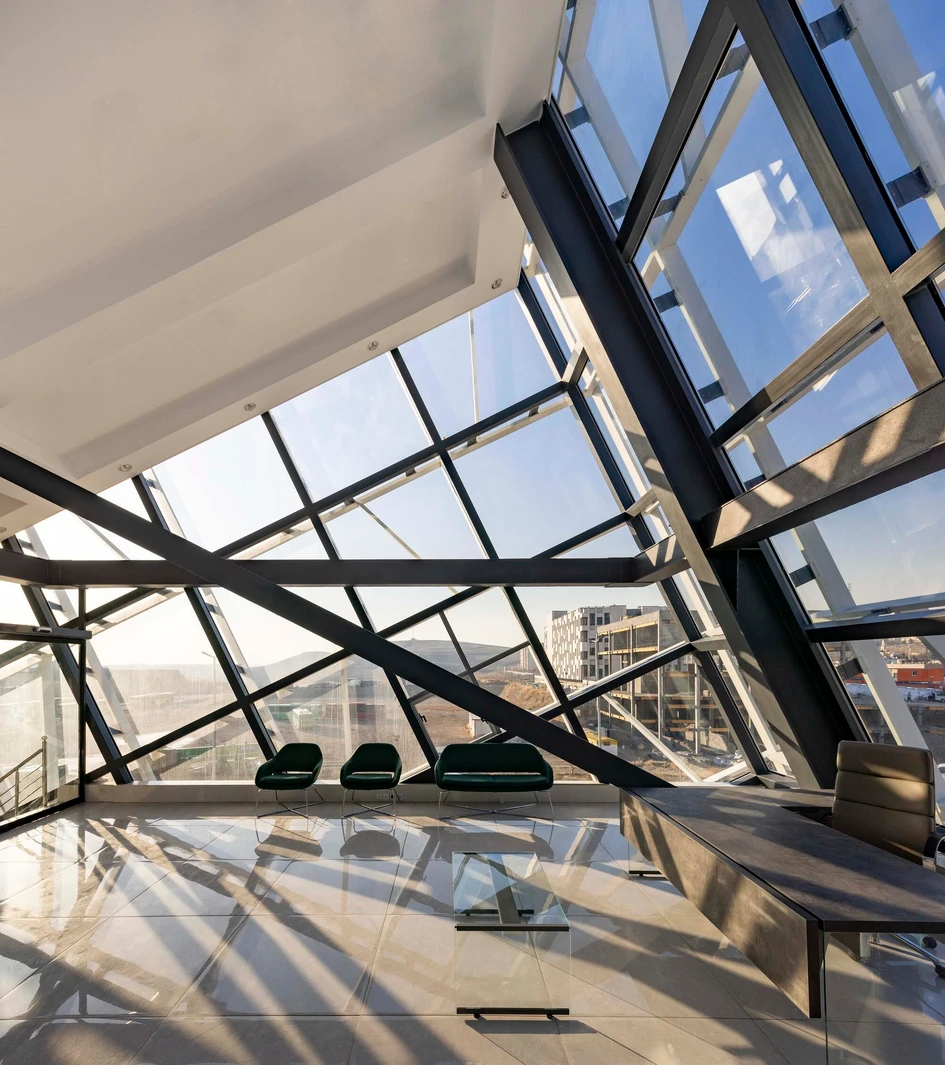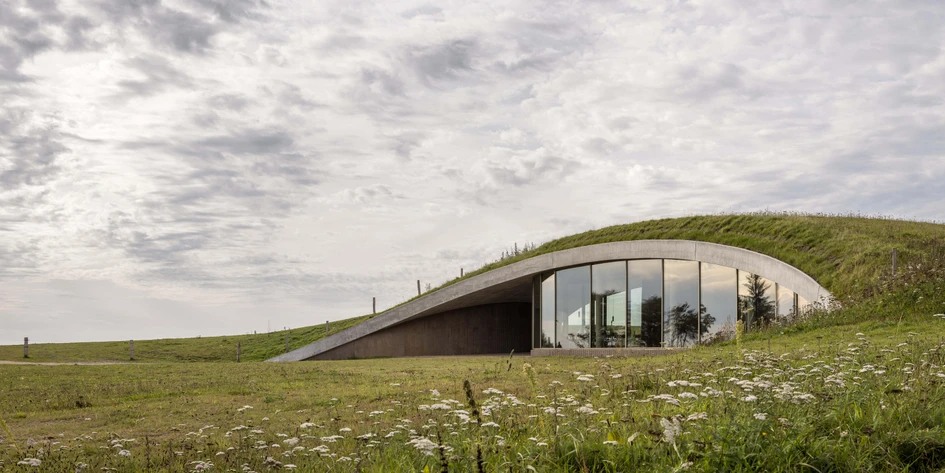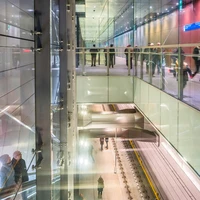Going underground: ten subterranean building projects
As space becomes more precious above land, it's a natural response to retreat below. Underground construction opens up new worlds, whether to protect us from the elements or to protect the elements from us.
March 30, 2022 | 10:00 pm CUT

MOLD Architects protected the NCaved house from the strong north winds of Greece’s Aegean Sea by digging it into the coastline hillside. Photo: MOLD Architects
"
With innovative engineering and lighting, this sustainable architectural technique provides all the space we need


Two-Fold Yard in Beijing, by TAOA, keeps the resident’s sprawling open art studio separated from the family home below ground. Photos: Tao Lei



House on the Hill by HW Studio (top, middle) and NCaved House by MOLD Architects (bottom). Photos: César Béjar Studio (top), Danae Alonso (middle), Yiorgis Yerolymbos (bottom)


SAAW’s basement-level wine tasting venue with wine cellar underneath (top), and double parking huts on the island of Sylt in Germany (bottom). Photos: Nicholas Worley (top), Tobias Schneider (bottom)


Amsterdam’s North-South Metro line required seven new large, open-layout stations by Benthem Crouwel Architects. Photo: Jannes Linders
"
Suburban rapid transit networks have commuted us for more than 150 years, without inconveniencing the incumbent infrastructure above



Turbosealtech New Incubator Office in Iran by New Wave Architecture (top, middle) and Snøhetta’s Under restaurant in Norway (bottom). Photos: Parham Taghioff (top, middle), Ivar Kvaal (bottom)



The entrance (top) and brickwork (middle) of Carmody Groarke’s sub-floor gallery and the Skamlingsbanken Visitor Center by CEBRA (bottom). Photos: Gilbert McCarragher (top, middle), Adam Mørk (bottom)
Project Gallery





























